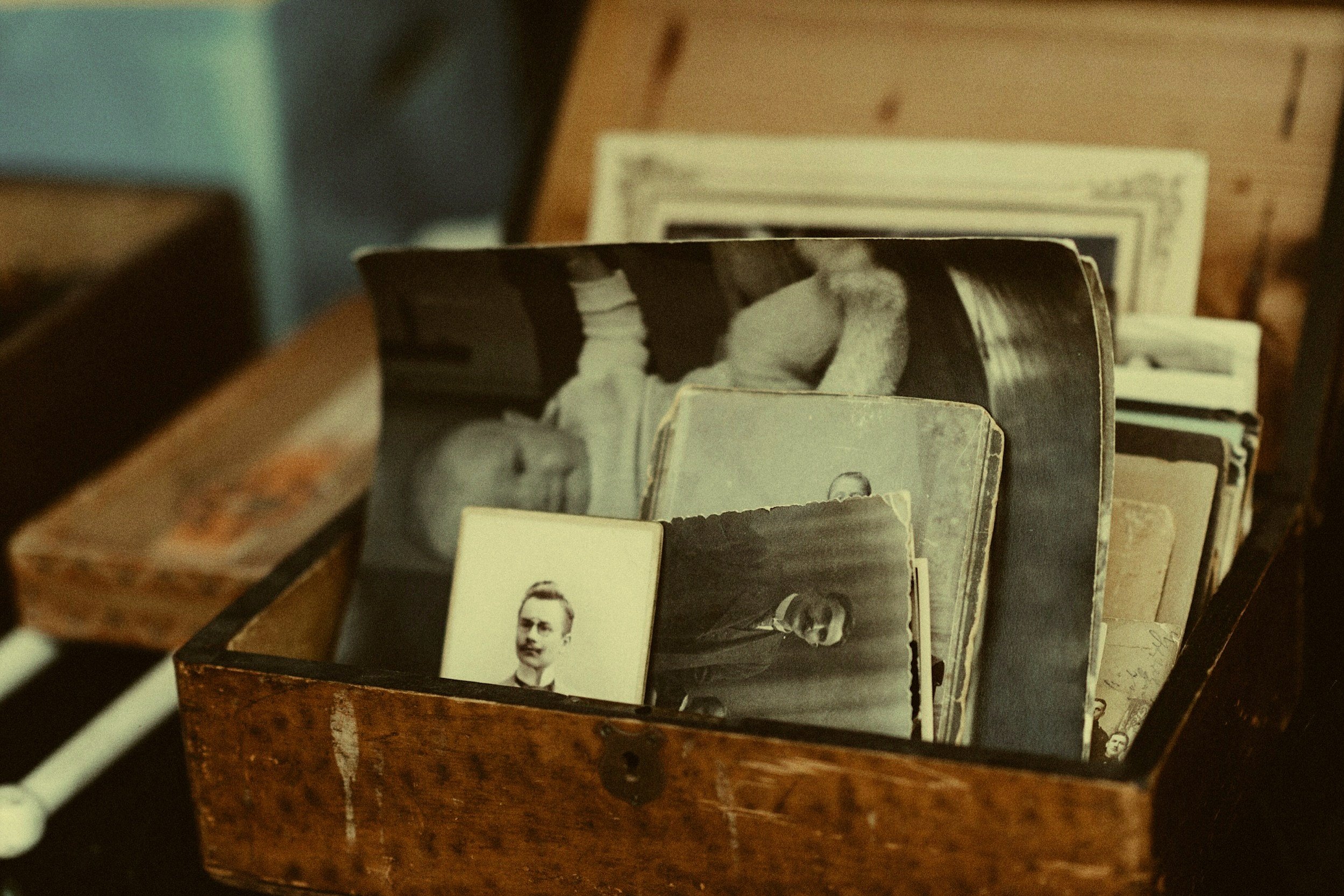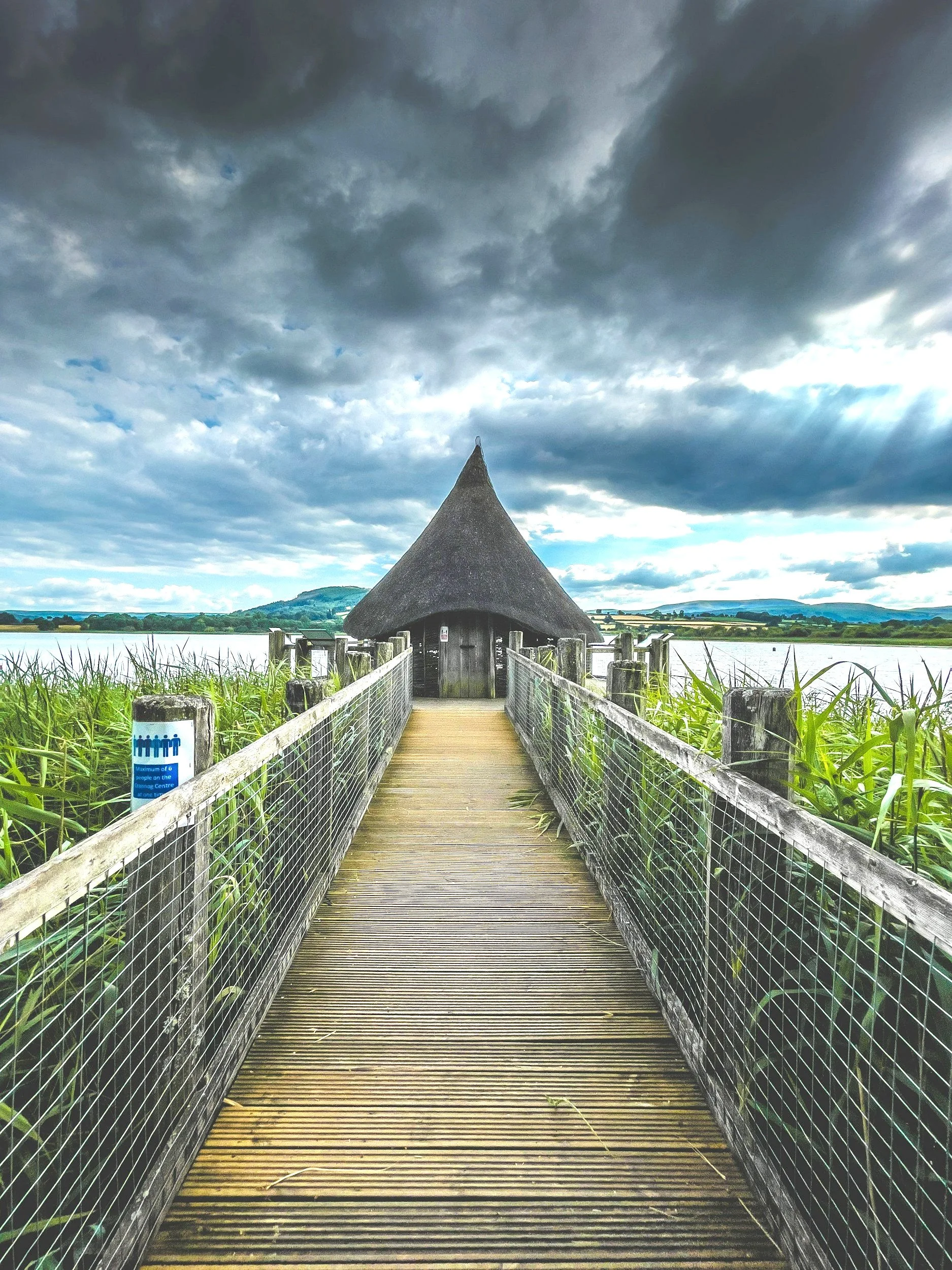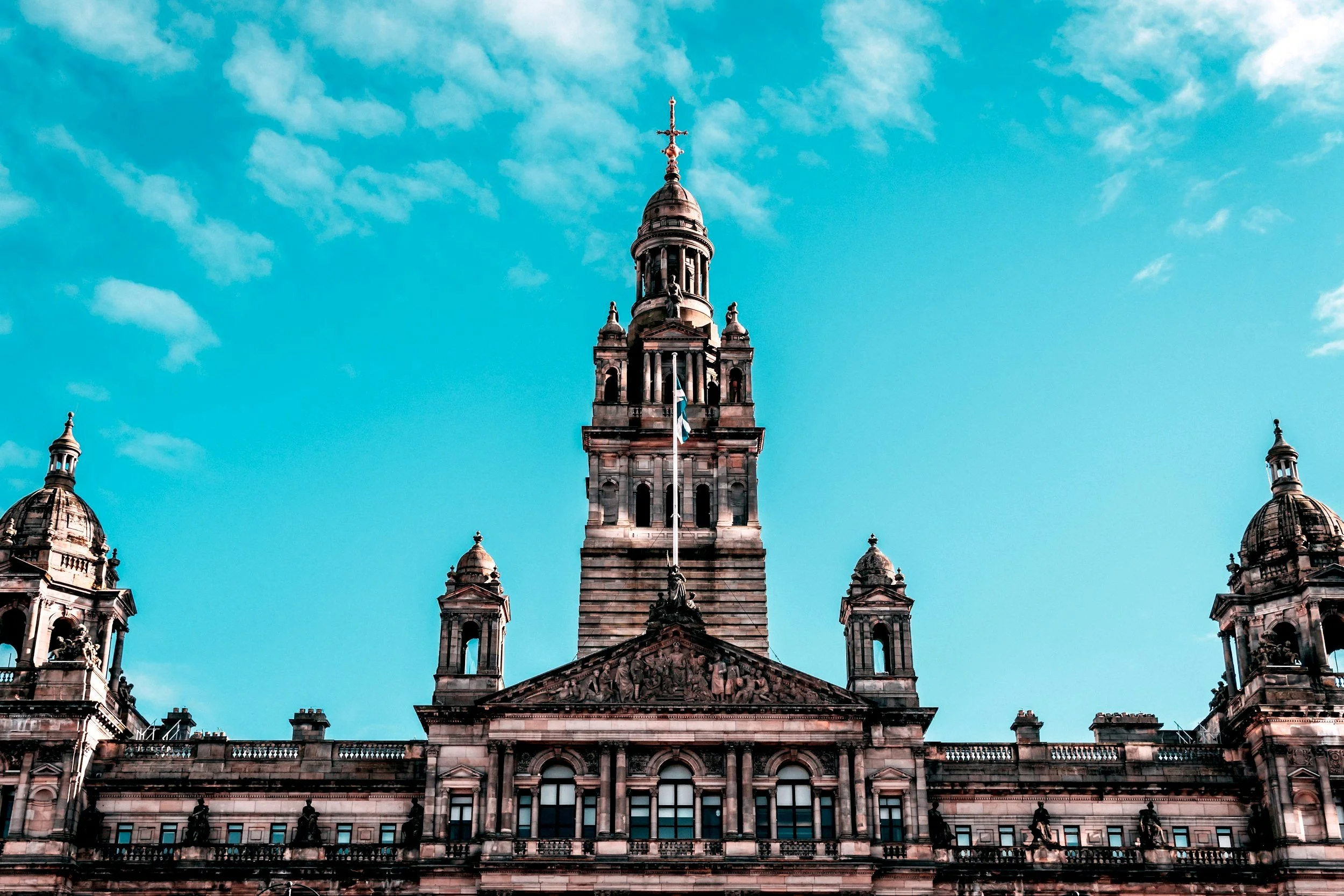Projects
At Urban Memory, we take a creative and research-led approach to heritage and arts projects, using sustainable and ethical methods to explore cultural narratives and engage diverse communities.
Resilient Heritage: Business Modules
We were commissioned to research and develop content for educational modules supporting charities in the Cultural Heritage sector to operate as sustainable, future-facing businesses. The modules offer practical tools and insights to help organisations grow, adapt, and build long-term resilience.
Commissioned by Museums Galleries Scotland (MGS) and funded by the National Heritage Lottery Fund (NHLF), the project was delivered in collaboration with design studio Lateral North. Together, we shaped a resource designed to inform and empower heritage organisations navigating today’s economic and operational challenges.
Nzira Yeparuware
We led the management, facilitation, and fundraising for a powerful sound installation by award-winning multimedia artist Tanatsei Gambura, developed in partnership with Historic Environment Scotland and the University of Edinburgh. The work was installed at Edinburgh Castle, creating a bold and thought-provoking intervention within one of Scotland’s most iconic historic sites.
The project continues to spark dialogue around Scotland’s role in empire and colonialism, while also reflecting on the experiences and contributions of its multicultural communities today
Collective Observations
As part of the Collective Gallery’s move to its new home at the Calton Hill Observatory, we undertook in-depth research to uncover and interpret the site’s layered history. Our work provided the historical narrative that now underpins the visitor experience.
In collaboration with artists, writers, and creatives, we helped shape a range of interpretive outputs—from artist-designed merchandise and audio works to written content and integrated design elements—bringing the Observatory’s past into dialogue with its present as a contemporary cultural space.
Managing Imperial Legacies
We were commissioned to manage and lead a national network on heritage, race, and empire, delivering workshops, facilitating dialogue, and building partnerships across the heritage and equalities sectors. In collaboration with the Coalition for Racial Equality and Rights (CRER) and Historic Environment Scotland (HES), we brought international and community perspectives into conversation.
As part of the project, we designed and delivered community-based initiatives, led policy-focused workshops, and worked with national government partners to ensure that the project informed wider strategic discussions on equality, heritage, and representation. Our approach combined practical action with long-term impact—connecting grassroots engagement with sectoral and policy-level change.
The Art That Made Us
We were invited to advise on the development of The Art That Made Us, a landmark BBC documentary series exploring Britain’s cultural history through its art and artists. Our role included providing historical context, research support, and insight into the representation of Scotland’s heritage within the national narrative. Drawing on our expertise in cultural memory, race, and built heritage, we helped shape key themes and supported a more inclusive approach to storytelling.
In addition to behind-the-scenes input, we appeared on screen, offering commentary that connected artworks to their historical and social contexts. Our contribution highlighted underrepresented voices and Scotland’s role in empire, identity, and cultural production. The collaboration reflected our commitment to widening access to heritage conversations and embedding critical perspectives within mainstream cultural platforms.
Playfair and the City
Commissioned by Edinburgh City Art Centre, this project curated an exhibition examining the work of William Henry Playfair, focusing on his architectural contributions and their role in shaping Edinburgh’s urban landscape. Rather than a biographical overview, the exhibition contextualised Playfair’s buildings within the city’s 19th-century development and evolving civic identity.
Alongside the exhibition, we delivered talks and community-led initiatives to deepen public engagement. Through research-led interpretation and inclusive programming, the project connected diverse audiences with the city’s neoclassical heritage and the spatial legacy of Playfair’s designs.






